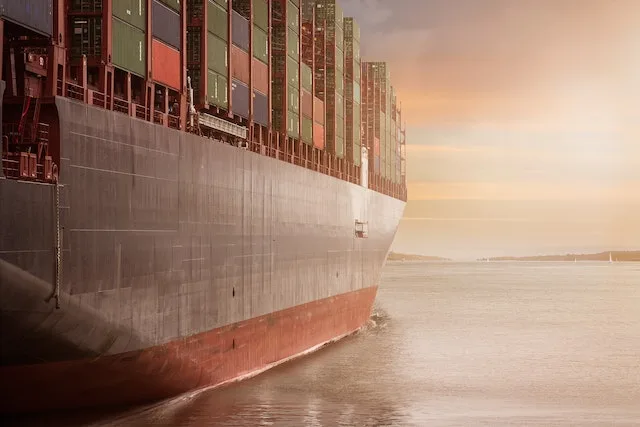Transport and logistics are complicated and costly processes. Almost every mode of transportation has its own set of challenges. Shipping is no exception. The weight must be known and within a certain weight range in order to ship containers safely. Shipping overweight containers may lead to accidents and even fatalities if not properly handled. Here we will discuss some challenges in shipping bulky containers.
1. Higher Shipping Costs
Every item should pay a fee for roads and other infrastructure use. The heavier the load, the more it is charged for using these services. For businesses that use freight frequently, these charges can make a huge dent in their profits. Companies may be forced to pass on these costs to customers. In some industries where shipping costs can be as important as raw materials, this could make them uncompetitive in the marketplace.
The trucks also have to pay more for fuel, maintenance, and driver salaries. Loading a truck with heavy cargo is physically more demanding. Companies may need to hire more employees. More workers also mean higher pay and more training expenses.
2. Dangerous Cargo
Cargo that is too heavy could result in accidents and death. The dangers are most severe when either an error in lifting or the wrong type of lifting equipment is used. The most common accidents are tipping, falling, and crushing. These accidents can result in serious injuries or even death to the loaders or nearby people.
Forklifts and other vehicles should always use safety equipment such as fall and load sensors. The operators must also be trained properly and have proper licenses and insurance. The more weight involved, the more difficulty there will be in getting the machines to work properly. Ensure that the equipment can handle the weight of the container or cargo being carried.
3. Product Damage
The process of packing, moving, and unloading heavy boxes can cause damage even when the items are properly packed. To minimize product damage, properly pack each item in its box with plenty of padding around it. Fill all unused spaces in the box with paper or foam peanuts.
Damaged shipments may be rejected at the destination, leading to huge losses of both time and money. Companies may also be fined for not following industry regulations related to packaging. Inspect the shipments as soon as possible to check for damage before leaving the factory or other shipping points.
4. Damaged Chassis
The chassis holds the wheels and most of the vehicle’s other components. It may buckle in different areas when it’s filled with too much cargo. The lower ball joint and suspension can also be damaged. This will make the vehicle less stable and more likely to tip over or fall in a crash.
Larger trucks can be custom-built to carry heavier loads. The frame and other parts are designed to handle heavy cargo. For the same reason, the wheels need to be wide enough to handle the load. The chassis must also be strengthened. These trucks are more expensive than the standard models. They require regular maintenance and repair to keep them in usable condition.
5. Supply Chain Service Delays
The stages of the supply chain can be affected by heavy loads. The delivery time will be lengthened or delayed if the containers are overweight. These delays may also affect production and distribution if the cargo cannot reach its destination on time. This will mean more customer dissatisfaction and reduced customer loyalty, which can negatively impact company profits.
The best overweight container trucking services will plan and schedule shipments at least two weeks ahead of time to maximize efficiency. If a load is found to be overweight, you will have time to make changes before the cargo is shipped out. Delays and other costly hangups can result when planning and scheduling are not done properly.
6. Accidents
The heavier the load is, the harder it is for the driver to control it. Overweight trucks tend to sway and swerve more. They are also slower to respond to steering input. They may lose control, reducing the safety of other vehicles and possibly causing injuries or even fatalities.
To reduce the risk of accidents, drivers may be required to transport additional safety equipment, such as extra mirrors or ladders. They may also be required to travel at slower speeds.
Bottom Line
To minimize the risks and costs of overweight containers, you should carefully arrange your shipping plans before placing a shipment order. You should schedule shipments at a time when the roads will be mostly clear. Look for a company that can handle all your shipment details, and pay close attention to regulations or international standards when planning.




